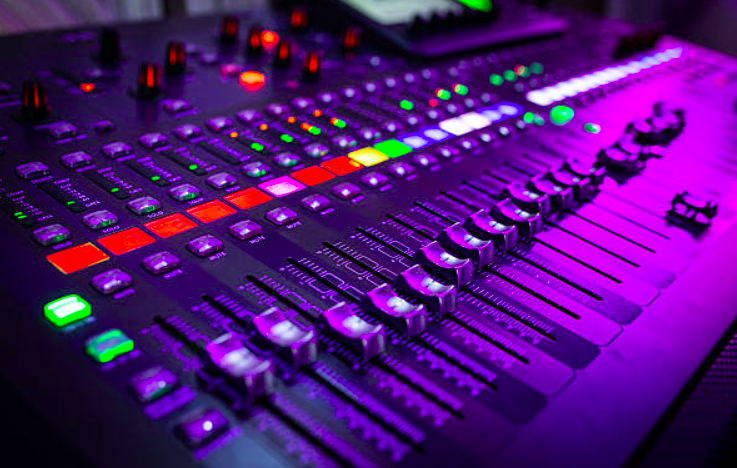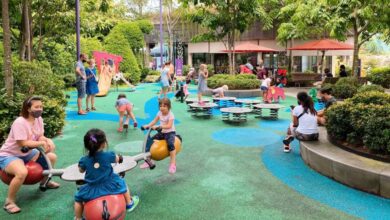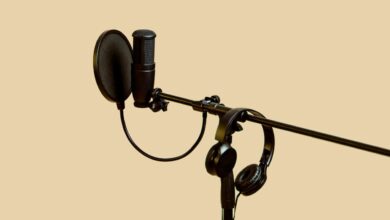
A cutting-edge method of music production is looping. In order to create music nowadays, loopers and looping equipment are necessary.
Looping can be easily learned through music production courses in London. Additionally, looping is a creative instrument that inspires innovation and that every producer may use. And chances are you’ve already done it if you’ve ever used a DAW!
What is looping?
Looping is the process of live recording into a phrase that plays repeatedly and seamlessly.
Recording multiple passes on top of the initial phrase is known as sound-on-sound looping. With sound-on-sound looping, you can compose complete tunes.
In the 1950s, tape experimentation gave rise to looping. The reason it was called looping back then was because an analog tape section’s two ends would be joined to create a true closed loop.
The creators of the earliest electronic music were the ones to use tape loops, but in the 1960s pop and rock started to use them more frequently. Since then, looping has permeated all musical genres.
Today’s musicians frequently use various electronic musical effects with digital hardware and software tools to build and edit loops. A looper pedal, a tool that captures the audio signal from a guitar or other audio input and then repeatedly plays the recorded passage, can produce a loop.
Turntables, digital samplers, looper pedals, sequencers, drum machines, tape machines, and delay units are just a few of the musical instruments that can be used to make loops. Loops can also be constructed using computer music software.
There are many advantages to your workflow when you use a looper to create or perform music.
One of the simplest methods to start looping is with a pedal. Some looper pedals provide dedicated microphone input. Using a microphone, you can loop sounds from sources such as drums or vocals.
There are numerous formats available for looper pedals. From straightforward single switch pedals to potent multi-track loop stations, everything.
An artist can create a complete track from nothing in front of a live audience using loopers with microphones. Performances that loop can be very brilliant!
You might want to start with something straightforward if you’re just dipping your toes into the realm of looping. However, if you’re a serious loop artist, you might choose something with more features.
How does looping work?
There are many different loopers, but they all function rather similarly. Most looping devices perform the following fundamental tasks:
- Playback loop
- the loop’s endpoint.
- Recording in overdubs
These tasks could be carried out by footswitches, pads, or MIDI control depending on what you’re using to create your loops. One footswitch may be all that is needed in a conventional pedal-style looper to start recording, end the loop, and begin overdubbing.
Reverse and half-speed recording effects might be seen in larger devices.
One of the most significant advancements in music production in recent years is looping. There are as many methods to use loops as there are producers, whether you choose to use a sampler, a plugin, or a pedal for looping.
Now that you are familiar with the fundamentals of this method, you can start looping right away!







